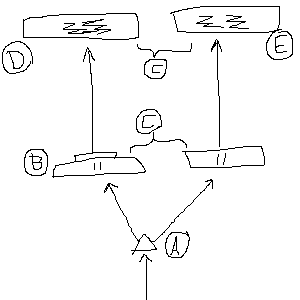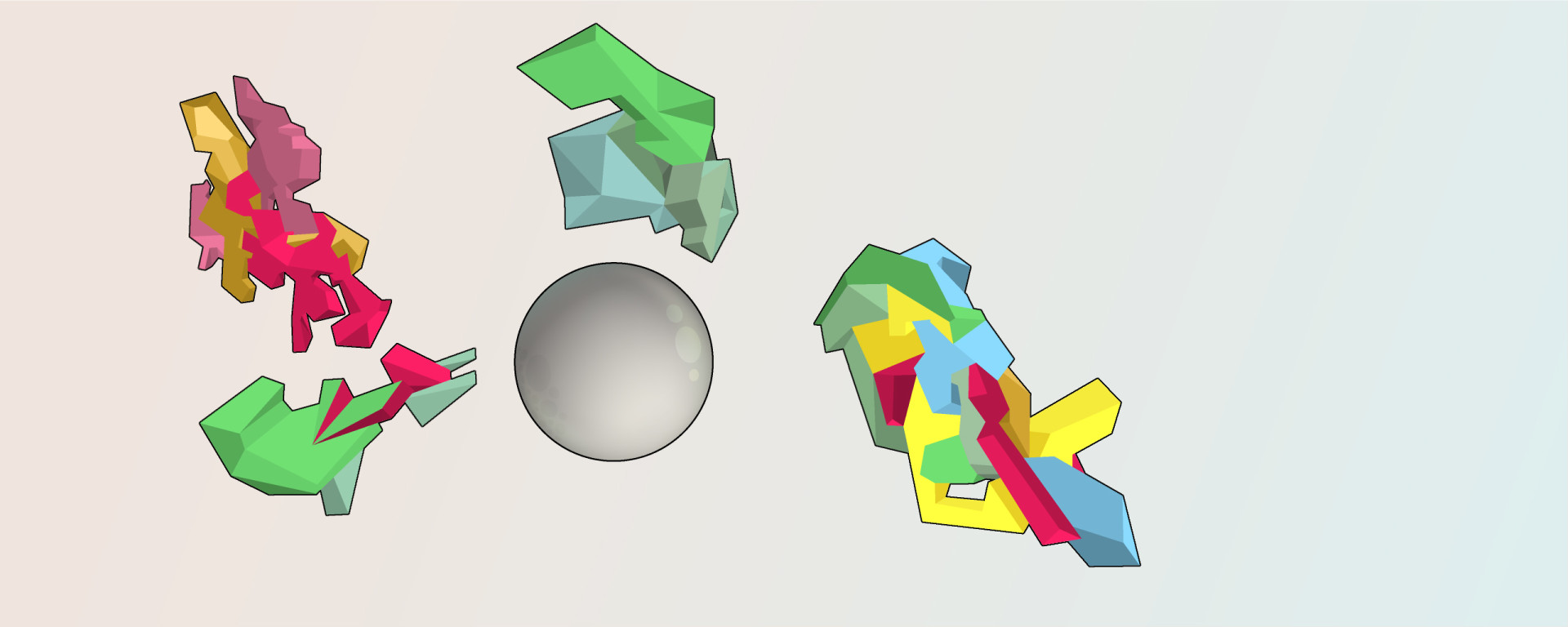You’re reading this tomorrow!
As foreshadowed in my blog post here, I came up with a method of FTL communications. I finally took the time to remember it and write it on a post-it note, which I will reproduce here:

- Photons are shot from the bottom, and enter a photon entangler at (A). (Google “parametric down conversion” to find out how to do this.)
- One of the entangled photons goes to the left, and a replica of the double slit experiment (with photon detector) is performed at (B).
- The other entangled photon is positioned an arbitrarily far distance (C) away (a light year or something).
- At (D), the double slit experiment creates interference patterns (or not) depending on whether the photon detector is used.
- Now, this partially-informed gedanken experiment suggests that the interference pattern at (D) will correlate with (B), and (due to the entanglement), the interference pattern at (E) will also correlate with (B), despite being very far away.
- Ergo, you could use this to send messages from (B) to (E) faster than the speed of light.
Unfortunately, I found forum posts here and here which suggest that:
- I was not the first one to think of this method of FTL communication.
- the entanglement actually prevents the FTL communication, because the interference pattern is different for entangled photons.
These posts apparently indicate that the interference pattern varies depending on whether the photons are ‘scrubbed’ of data by a polarizer (try Googling “quantum eraser experiment”). Of course, this leads to the meta question of whether the polarizer could be used (instead of the photon detector) to change the interference pattern pattern at both (D) and (E), still resulting in FTL communications.
